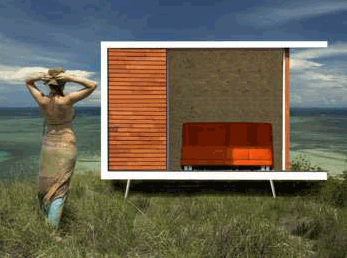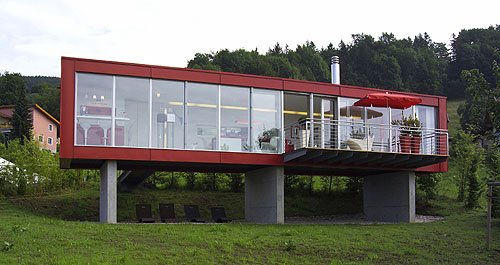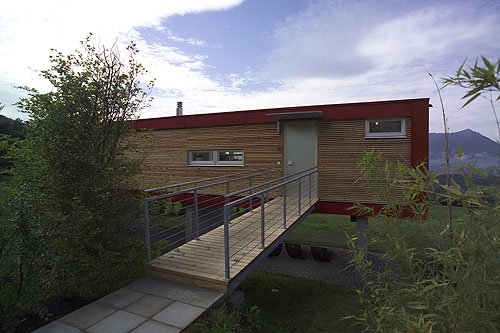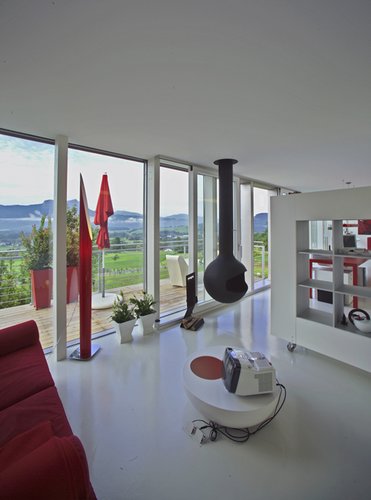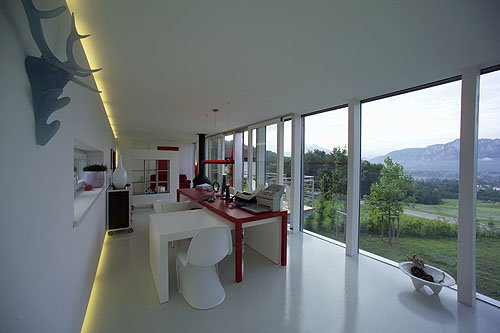1940-2011
It is with great sadness that the family of Professor Wangari
Maathai announces her passing away on 25th September, 2011, at the
Nairobi Hospital, after a prolonged and bravely borne struggle with
cancer.
Professor Maathai's departure is untimely and a very great loss to
all who knew her - as a mother, relative, co-worker, colleague, role
model, and heroine; or who admired her determination to make the world a
more peaceful, healthier, and better place.
intro
biography
Wangari Maathai shares the inspiring hummingbird story about how each of us can make a difference.
holistic development
taking root: the vision of Wangari Maathai
On receiving the news of being awarded the Nobel Peace Prize,
2004
“It is evident that many wars are fought over resources which are now
becoming increasingly scarce. If we conserved our resources better,
fighting over them would not then occur…so, protecting the global
environment is directly related to securing peace…those of us who
understand the complex concept of the environment have the burden to
act. We must not tire, we must not give up, we must persist.”

Wangari Maathai was
the founder of the Green Belt Movement, an environmentalist, a civil
society and women's rights activist, and a former parliamentarian. You
can read about her life and her organization in her books (see below).
You can also scan condensed versions of her life and achievements,
including being awarded the 2004 Nobel Peace Prize.
Since winning the Nobel Peace Prize, Wangari Maathai had become a
spokesperson for a number of important initiatives.
Both before and since she won the Nobel Peace Prize, Wangari Maathai spoke about, and was interviewed on, a range of subjects. You can read these articles, interviews, and statements, by visiting the themed sections listed at the bottom of this page, and in the menu bar on the side of each page.
Both before and since she won the Nobel Peace Prize, Wangari Maathai spoke about, and was interviewed on, a range of subjects. You can read these articles, interviews, and statements, by visiting the themed sections listed at the bottom of this page, and in the menu bar on the side of each page.
About Wangari Maathai
Books
The
Green Belt Movement: Sharing the Approach and the Experience, Replenishing
the Earth: Spiritual Values for Healing Ourselves and the World.





























